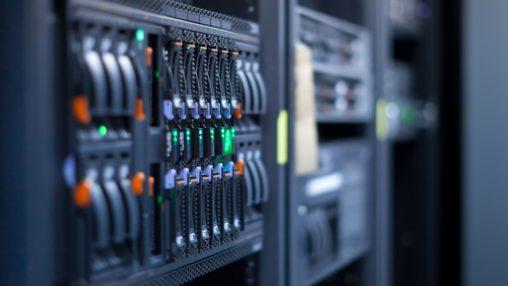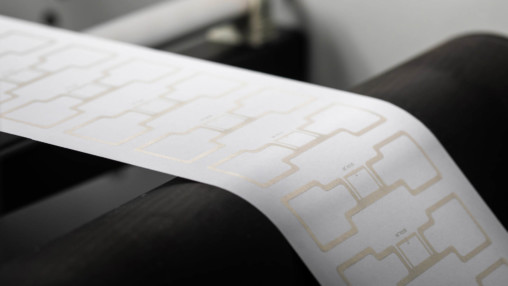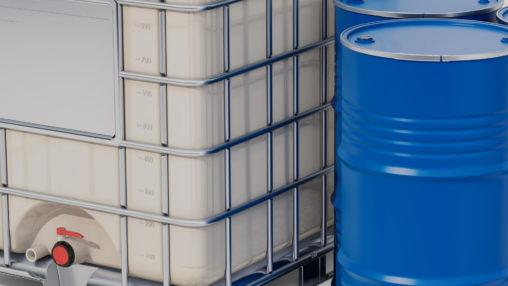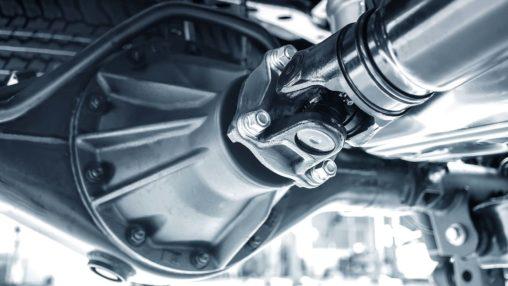Q&A of Reusable Package Tracking with RFID
Q: What is the best rfid tag you would recommend for tagging curved surface of a fabric or bale of fabric?
A: Tag selection depends on infrastructure used. Single dipole and dual dipole will both work; however, dual dipole labels will provide orientation advantages. It also depends on if this is spools of fabric and where you desire to have the RFID tag placed.
Q: Do you know of some implementation or any experience applying RFID tags to bales of tobacco?
A: Tobacco, tea, pulp, etc. may require some FDA approvals if you are applying the RFID tag inside the bale itself. Tags can also be attached on the exterior of the bale and also to the baling wire. Many options are available and please contact your local Confidex sales team.
Q: What is the max detection range / distance of the overhead readers What area size can they cover?
A: Standard labels can be read at 30+ feet. The height of the ceiling and placement / style of antennas / angles of antenna install will make great differences of coverage.
Q: Is there a limit to the number of tags they can handle?
A: Large numbers of tags can be read but reading (and writing) of RFID tags takes time. Reading the EPC (or subset of the EPC) alone will allow for greater number of tags to be read. Writing to tags will always take longer. The IC used for the tag along with the reader hardware and software also bring great variations in throughput of reads. But in any case we are talking about hundreds of tags that can be read within seconds.
Q: Hard tag encoding and printing. Hard tags can be encoded on automatic line and when they are encoded same encoded number can be printed on the tag? So tag goes under / on the writer and when encoded the next phase is for example ink printing. Correct?
A: Yes; however, this typically is done as a manual process 1 by 1 as hard tags come in such a large variety of form factors. Hard tags are typically encoded and labeled / engraved at time of manufacture at a work station as large numbers of hard tags are difficult to personalize and validate in the field. We are also offering personalization for all our tags so that you can get them pre-encoded and printed/engraved with your desired data.
Q: What´s the max temperature that Steelwave tag resists?
A: Steelwave product family includes several different tag options with a bit varying temperature specification. Please find the specification of each product from the family page: https://www.confidex.com/smart-industries/confidex-steelwave/
Q: Are Hard Tags expensive ?
A: Hard tags are typically more expensive than printable labels but remain very cost effective for container tracking applications and provide fast ROI (Return on Investment).
Q: How do you see the future of RFID/BLE/Barcode/NFC for container tracking?
A: These auto-id technologies are complimentary. Most asset and container tracking applications begin with barcode technology then migrate to include RFID or NFC as a more efficient means of data capture. BLE enables even more applications including RTLS (Real-Time Locating Systems) with greater read distance. NFC and BLE also offer a more robust device ecosystem while RFID offers other advantages. Often, we are also seeing multiple technologies combined to improve traceability.
Q: Does Confidex have a label which is optimized for HDPE?
A: Food grade plastics like HDPE are designed to limit attachment of bacteria, etc. to the surface. Confidex has tag options to mechanically attach with screws, bolts, rivets, etc. If mechanical attachment is not an option, Confidex provides adhesive backings for hard tags and labels which are optimized for low surface energy plastics. We extensively test our products through environmental rigor including temperature cycles, washes, and chemicals. Carrier product family offers best options for HDPE with high quality industrial adhesive. Find out more from the Carrier family page: https://www.confidex.com/smart-industries/confidex-carrier/








